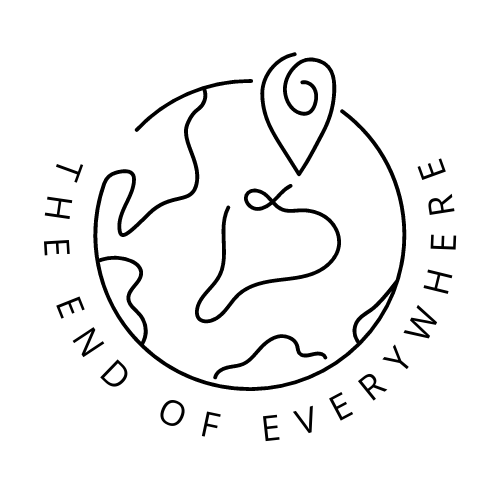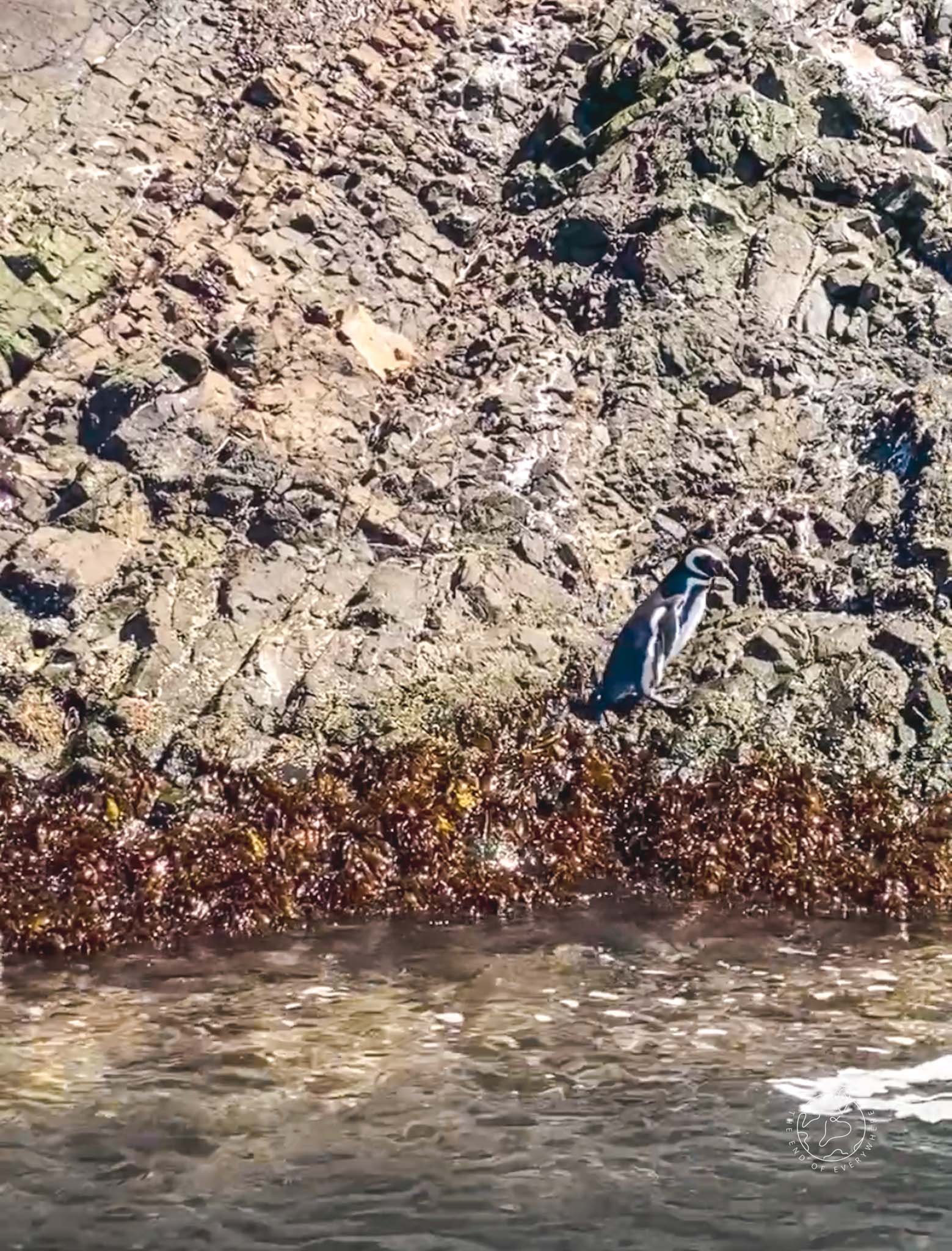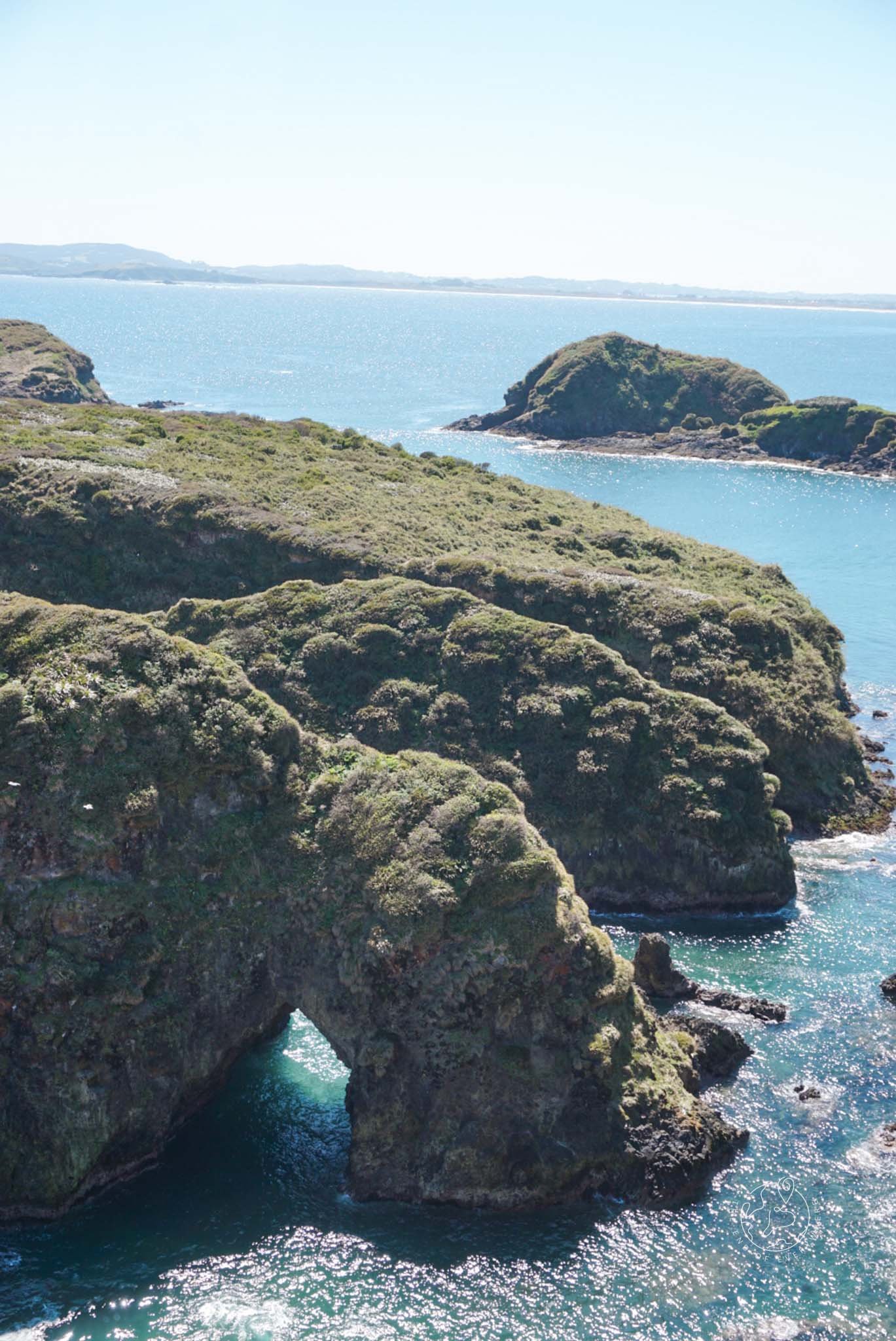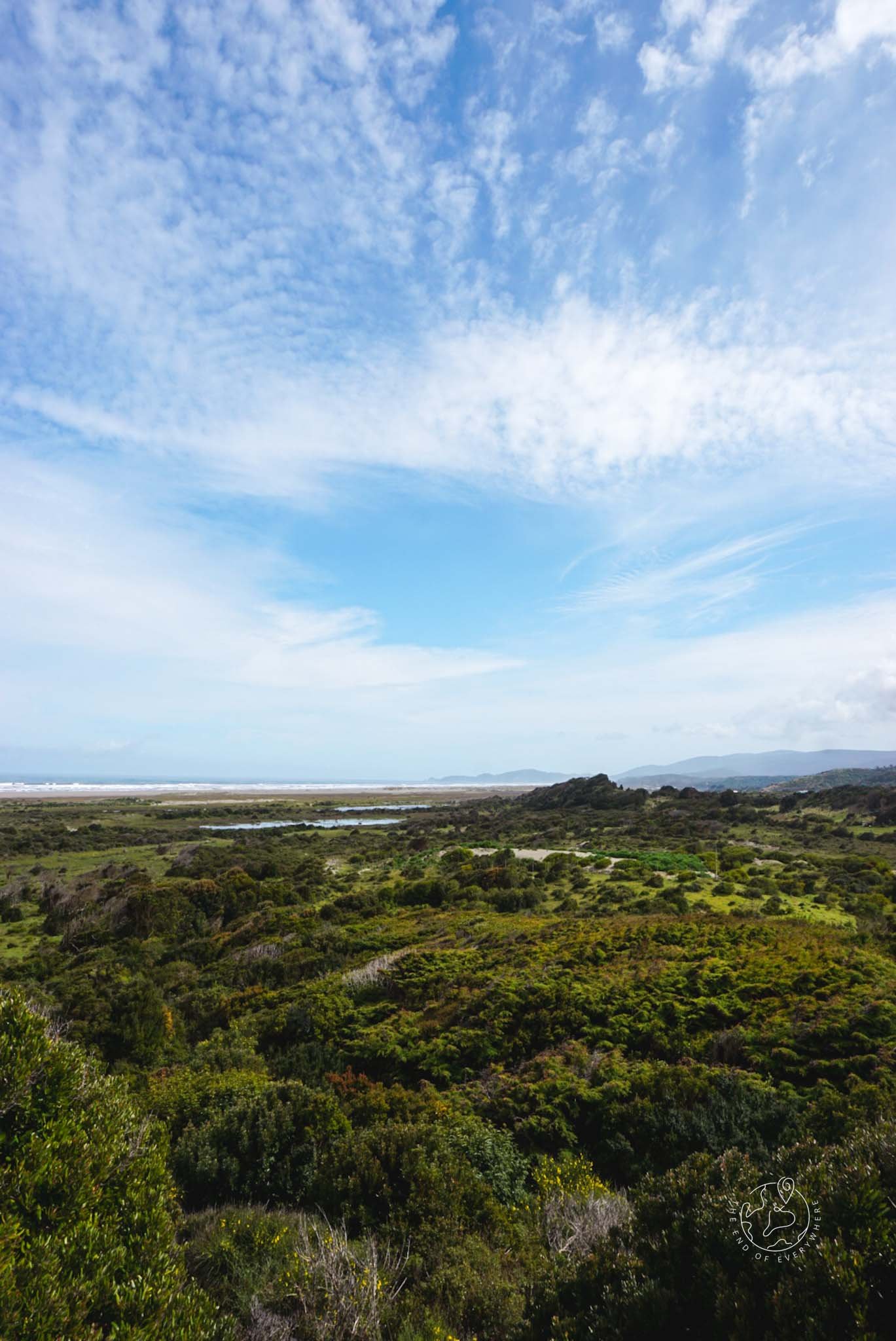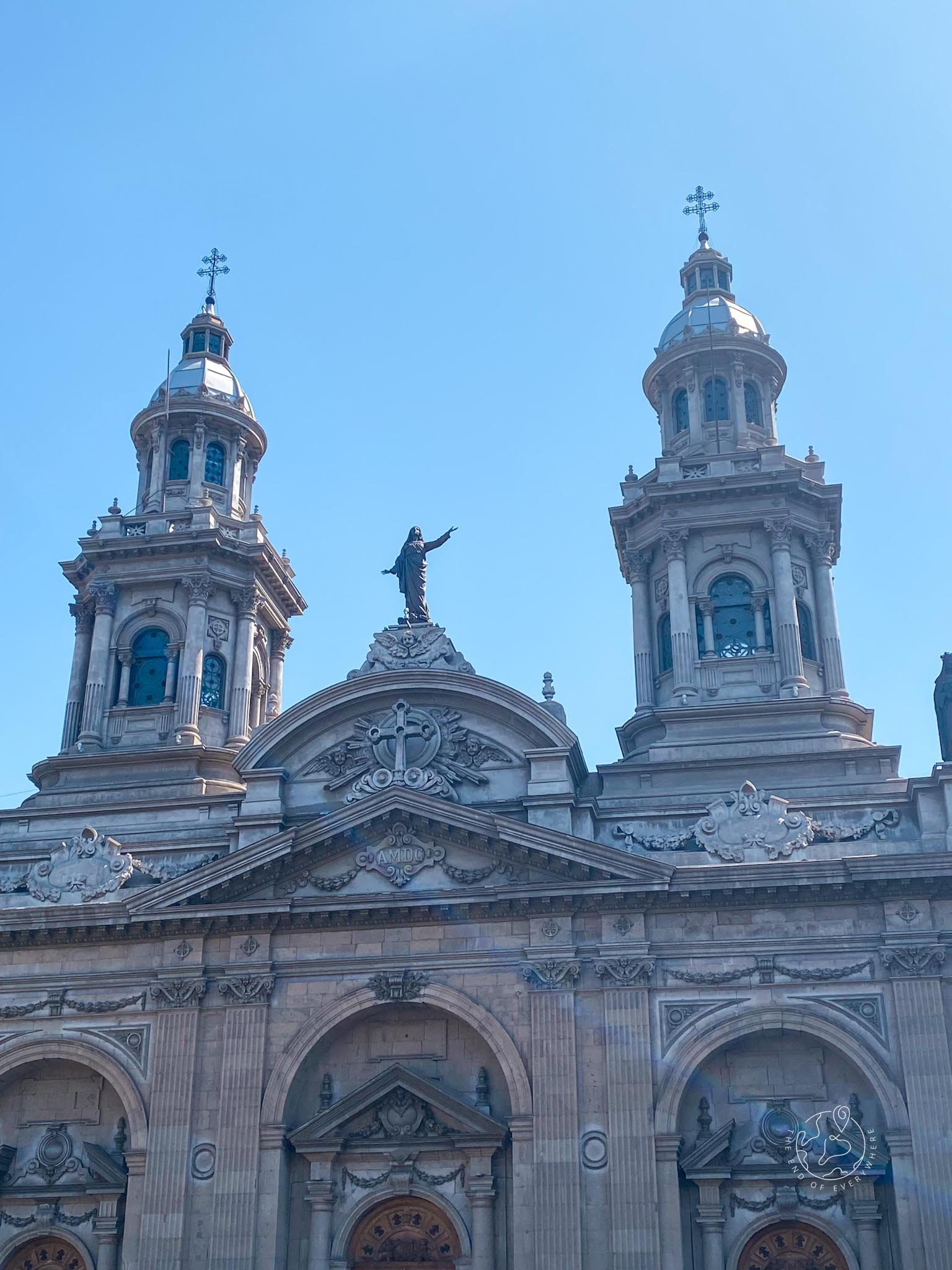Mystical Isla Grande de Chiloé
Parque Nacional Chiloé
Wild, windswept and beautiful. Four years ago we made our first steps into Patagonia and left with the happiest memories of our lives. So it goes without saying we were itching to return to the region and explore more of its magic. Of all the special places on this planet, this one is ours.
A lot of familiar feelings came rushing back to us as the bus drove onto the tiny ferry that would take us to Chiloé archipelago – part of a mountain range that sank following the last Ice Age, and the start of Chilean Patagonia. Last time we were in this region, further south and travelling to Tierra del Fuego, we had panicked because we didn’t know our route took us via the water; we assumed if you could get a public bus somewhere, there would be a bridge! Feeling altogether more prepared this time, we stood on the blustery deck and watched the north coast of Isla Grande de Chiloé glow in the spring sunshine. Although only 40 minutes away from the mainland, life on the island felt a world away from the Chile we had travelled through to date.
A day in Ancud
Our first stop was the northern town of Ancud. A visit to the regional museum gave us a great overview of the island as a whole. Isolation from the mainland and reliance on a seafaring way of life has led to a distinct and unique culture to develop, including a rich culture of folklore and mythology which is rooted in the natural surroundings; tales of ghost ships, sirens, witchcraft and forest gnomes contribute to the mystical aura of the place. Although we arrived on a clear spring day, we woke up to dense fog hanging over the raging pacific waves. It wasn’t hard to believe there could be more than meets the eye lurking in the mist.
Using Ancud as our base, we set off to discover the northern coast of the island - mainly the penguin colonies of Puñihuil, the only place in the world where Humboldt and Magellanic penguins nest side by side. They live at sea for half the year, making their way to the islets off Chiloé in October in order to nest, with chicks hatching in January.
We knew we were early in the season so we weren't expecting too much. After all, there are no guarantees when it comes to nature, as we had found on the Islas Ballestas in Peru. Our minibus driver seemed to want to lower our expectations even further when we arrived at the beach - “There aren’t many penguins here yet,” he told us. “You might see one or two?”
The boat captain was even less optimistic, lowering the estimate to one penguin sighting, “if you are lucky.”
“In December, this whole area is covered with penguins,” he said, waving his arm across the completely empty island in front of us. Way to rub it in! Around this time we were thinking that maybe they shouldn’t sell penguin navigation boat tours when they know there are no penguins around… but we’ve been in South America long enough to know that is far too much to ask for!
In the end, our penguin sightings surpassed everyone’s expectations - we saw three. If you’d told us that at the beginning of the day we might have been disappointed, but two of those three penguins really put on a show for us! Waddling over grass, sliding over rocks, and one even hopped all the way from its nest down to the boat, diving into the water right beside us.
I’m sure seeing thousands of penguins is an incredible sight to behold - and it’s a sight we would still really love to see one day - but we disembarked from our little boat feeling grateful for an unexpectedly intimate interaction with wildlife. Isn’t it wonderful when you don’t get what you wanted, but have a better experience for it?
After the penguin navigation we had just over an hour to explore the coast around Puñihuil, which was stunning. We walked up to a natural viewpoint that looked out over the clear water and watched waves crashing against the rocky coastline.
There was another exciting wildlife sighting to end the day - on the way home, our minibus slowed as a Pudu crossed the road ahead of us and walked off into the forest. Pudu are the world’s smallest deer and are incredibly shy animals - so to see one out in the road was a shock even for the local driver!
Before leaving the town we visited the fort of San Antonio, which was the last stronghold of the Spanish in Chile, and learnt about some of the unique architecture of the island - including the historic wooden churches. The Churches of Chiloé are intricately build using only wood. A museum has brilliant small-scale models of the buildings, showing close ups of how joints are fitted together like jigsaw pieces, tessellated together and held with wooden pegs. Sixteen of these iglesias de Chiloé have been designated UNESCO World Heritage Sites, and we managed to visit three of them whilst making our way around the island.
Charming Castro and Parque Nacional de Chiloé
Castro, the capital of the island, had a much more city-like feeling to it. We walked through the main square and past the huge wooden cathedral to our hostel, thinking we would spend the next day getting to know the place. Only… there wasn’t that much to get to know. We walked through the city streets and along the coastal path, taking in another of the island’s architectural features: the palafitos of Chiloé. These colourful houses that line the waterfront are built on stilts to combat flooding, adding to the charm of the town. In a couple of hours we had walked the whole length of the town, so we settled in a palafito that is now a cafe and enjoyed the view (along with some cinnamon rolls).
The next morning we got a local bus out of the capital towards the town of Cucao and the entrance of Parque Nacional de Chiloé. Perched on the western edge of the island, this national park was the epitome of wild, raw and untamed nature. Although it was more of a series of short walks than any serious hiking, in three hours we walked across rugged coastline, sand dunes and beaches, through marshland that stretched as far as the eye could see and looked out over the calming waters of Laguna Cucao.
There was still one last wildlife encounter left for us on the island, as we reached a lookout point over the lake to find two huge vultures resting on the fence ahead of us.
The gloomy sky behind them made for quite a spooky sight!
* * *
Our time in Chiloé marked a pretty significant milestone in our journey - the most southerly point in our year of travel. From that point on, all roads would lead north. Once there, it was pretty hard not to look south and yearn to retrace our steps from years gone by. Perhaps we could have spent the rest of the budget on a small cabin and lived out in the forest on the edge of a lake… sounds tempting, doesn't it? Maybe in another life.
Related Content
